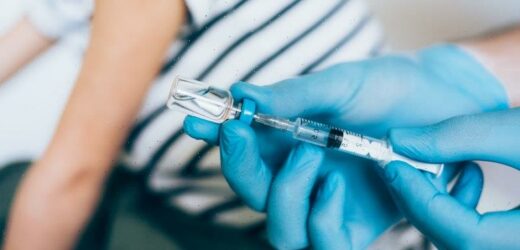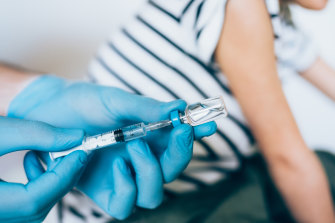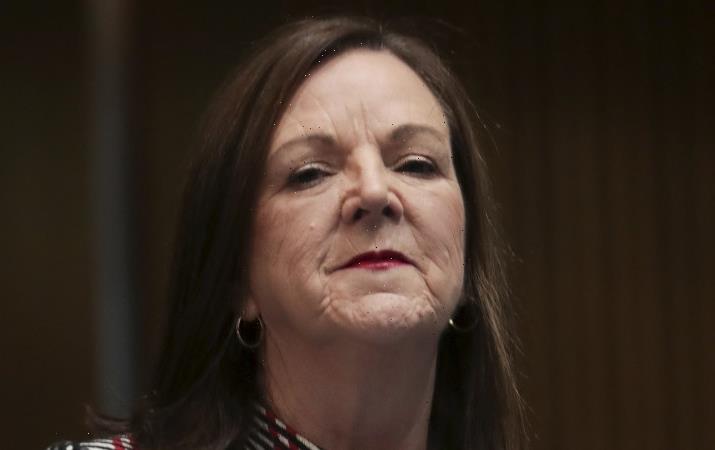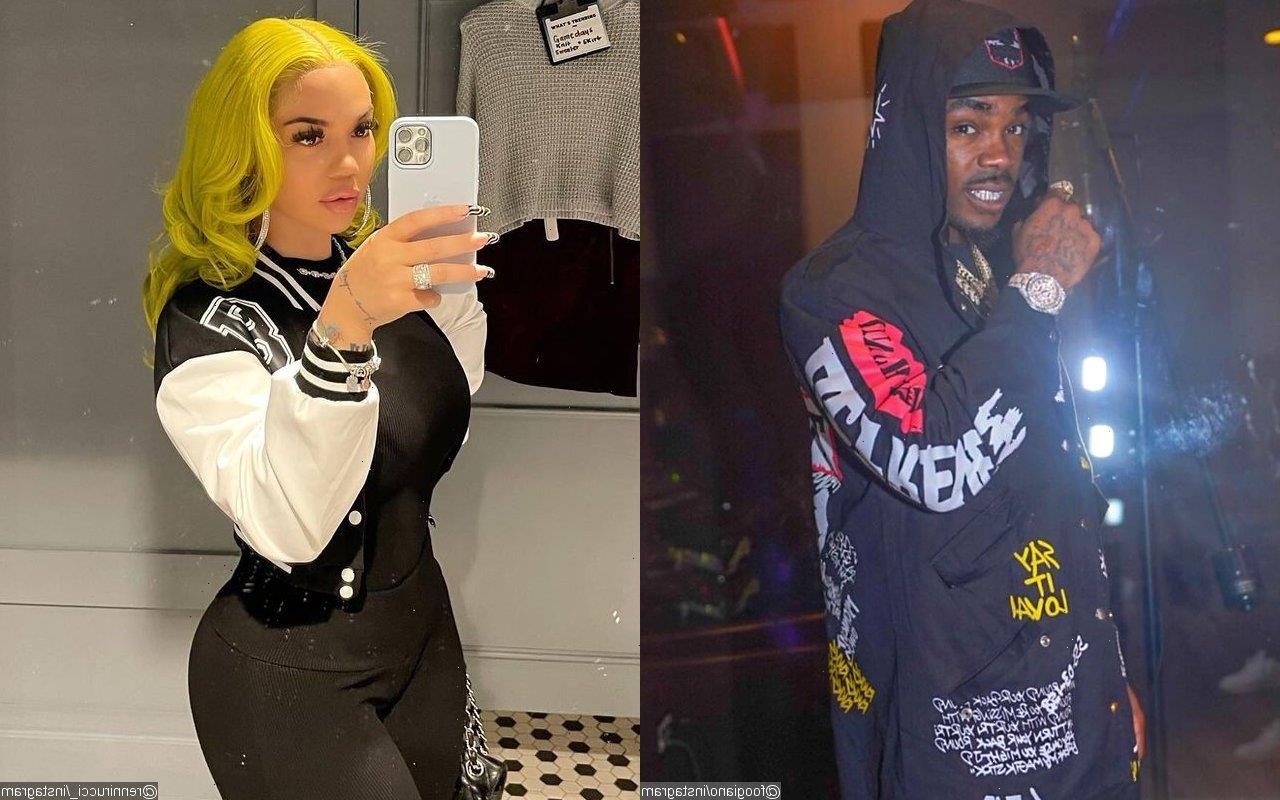For our free coronavirus pandemic coverage, learn more here.
Tens of thousands of Australian teens have missed out on potentially life-saving routine vaccinations since the pandemic hit, with experts warning a drop immunisation coverage has been compounded by two years of school closures and restrictions.
Public health researchers say a “major catch up” will be needed in 2022 to boost uptake in recommended vaccines in teenagers, with the proportion of adolescents completing the two doses of the human papillomavirus (HPV) vaccine falling by almost 12 percentage points in 2020 compared to the previous year.
Declines were also reported in teens receiving meningococcal jabs and diphtheria-tetanus-whooping cough boosters, according to the latest data from the National Centre for Immunisation Research and Surveillance’s Annual Immunisation Coverage 2020 Report.
Vaccination rates for young children continued to climb to record levels in 2020.
“We will need a major push to catch up and make sure school children complete their vaccinations next year,” the centre’s public health physician Dr Frank Beard said, noting that disruption to school-based vaccine programs will likely mean 2021 coverage will also be lower than previous years. “We need to closely monitor coverage to keep vaccination rates high. Parents may also be able to have kids receive catch-up immunisations at a general practitioner.”
Roughly 62,000 fewer children aged 11 to 14 received both their HPV vaccine doses in 2020 compared to the previous year. The number of diphtheria-tetanus-whooping cough boosters in teens dropped about 14 percentage points, equating to about 44,000 adolescents missing out.
But overall vaccination rates for very young children continued to climb to record levels in 2020, with the proportion of fully immunised five-year-olds hitting 94.8 per cent and the rate of vaccination among Indigenous children the same age reaching 97 per cent.
“There is big cause for celebration because coverage for Aboriginal and Torres Strait Islander five-year-olds is higher than for non-Aboriginal children and that is testament to the enormous success and attention to closing that gap,” said University of Sydney vaccination expert Julie Leask.
Dr Beard said that so far the pandemic has had minimal impact on children under five getting their recommended jabs, but more children in lower socio-economic groups and remote areas “are still not getting their vaccines on time”.
For the first time the report includes adult vaccination rates for shingles and influenza.
Shingles vaccine coverage for 70-year-olds dropped slightly from 30.5 per cent in 2019 to 30.4 per cent in 2020, with coverage in NSW at 23. 7 per cent, just ahead of the Northern Territory at about 19.7 per cent.
“It’s concerning there is low coverage for the shingles vaccine,” Professor Leask said. “It means that older Australians are not protected from what can be a severe disease. It can be miserable because of the pain and neuralgia it can cause.”
But Dr Beard said the low rates could be due to under-reporting because mandatory vaccination reporting to the Australian Immunisation Register only started in mid-2021.
Influenza vaccination coverage in children aged 6 months to five jumped by about by 4 percentage points last year to 45.2 per cent and remained stable for Aboriginal and Torres Strait Islander children at 43.6 per cent.
Professor Leask said it was “deeply concerning that young children continue to have very low flu vaccination coverage”.
“Because despite what people think, flu can hospitalise young children almost as much as older people,” she said.
Influenza vaccine coverage in adults aged 20 to 50 years was roughly 23 per cent but was almost 70 per cent in those aged over 70.
“COVID-19 shows just how much we can improve on coverage for other adult vaccines in general.”
Stay across the most crucial developments related to the pandemic with the Coronavirus Update. Sign up to receive the weekly newsletter.
Most Viewed in National
From our partners
Source: Read Full Article



